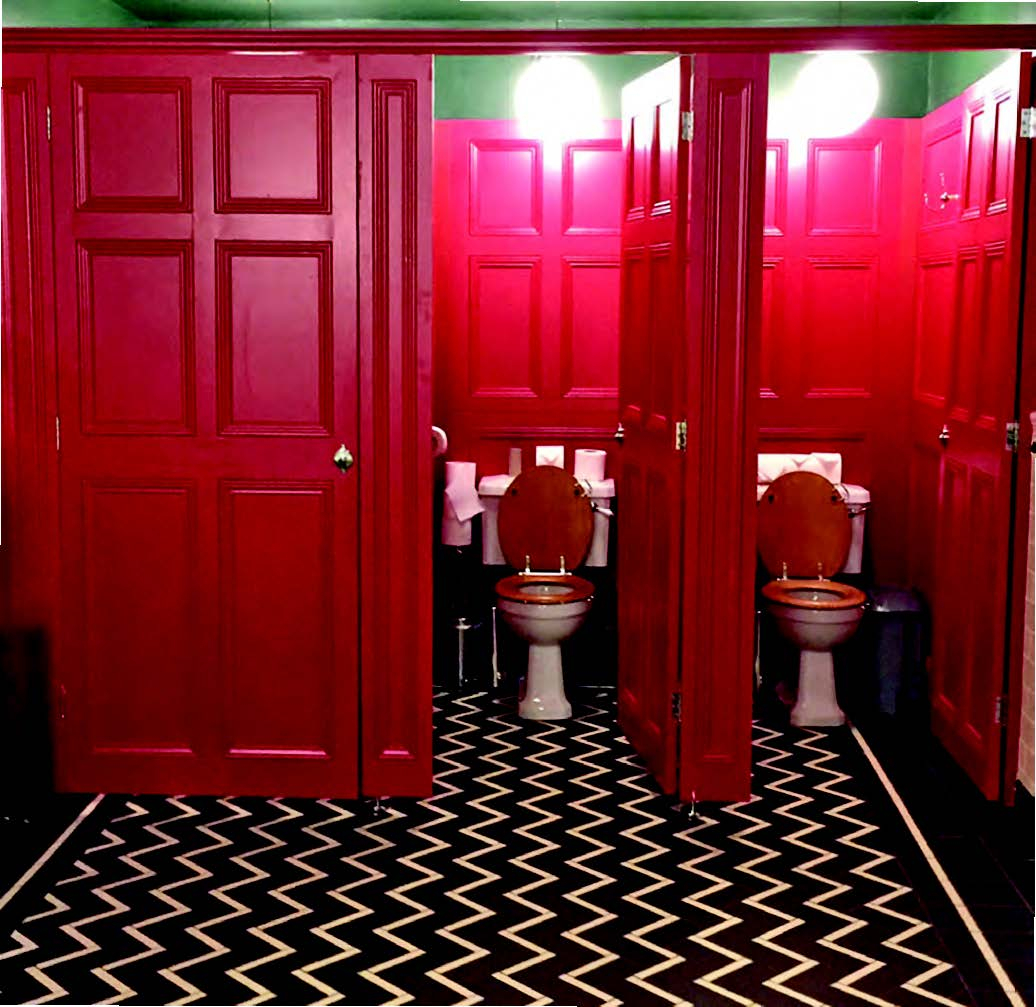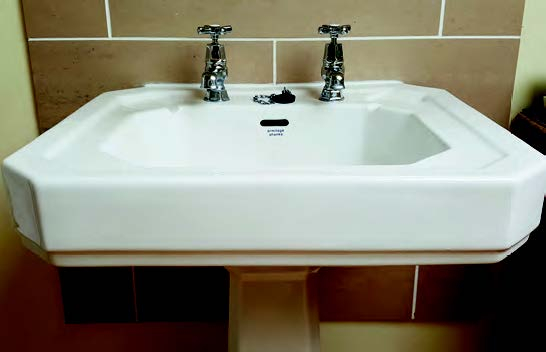She warns “People with dementia are very vulnerable if design is not enabling. [And} toilets are rarely given the priority they deserve in the dementia design process.”
"Designers have indulged in making modern toilets quirky and amusing, modern and stylish, often at the expense of usability.”
The guide points out that designing dementia friendly toilets is not more expensive but does “cost some time and effort as many designers are using ‘standard’ provision which is not suitable for people with dementia.”
Key issues
“In summary, designs rarely address a complex mix of impairments – a situation that needs to change” says the report. It recommends manufacturers consider key issues affecting people with dementia including:
- Infection prevention
Controls must be easy to use but a focus on infection control results in hands-free controls that make little sense to someone who is not familiar with them. Traditional level flushes are best rather than push buttons or sensors.
- Musculo-skeletal problems
Muscle deterioration, for example, can make wall-mounted push flush systems harder to use as they require considerable hand and wrist strength to operate. And weak shoulder and neck muscles can make people stoop and bring their vision lower, so signage needs to be more-carefully located.
- Impaired vision, hearing and sense of smell
Sensory changes call for more colour and contrast to make signs, appliances, fixtures and fittings more easily located. Lighting should have a recommended minimum 300 lux lighting level.
- Poor breathing
- The effects of increased medication use.
- Signage
People with dementia often have difficulty learning new things. Even if they have been told where the toilet is before, they may not be able to find it again. They rely heavily on being able to see it or having clear directional signage.
The guide advises signage solutions should be fitted about 1.2m from the floor. They should include both words and pictures, large fonts and words should have an initial capital letter followed by lower-case letters. "Trendy symbols loved by modern toilet designers are really unhelpful, making no sense to many people.”
Other recommendations for projects include:
- Toilet rolls
Avoid very-large toilet rolls or vertical boxes. Use normal rolls of paper provided in two holders with a light lid if needed for hygiene.
- Urinals
Use traditional bowl designs rather than modern hand basin-like options.
- Taps
Traditional cross-head or simple lever taps with clear hot and cold indication are best.
- Soap dispensers
These should be straightforward in design with a clear indication of how to use them.
- Hand drying - avoid mechanical hand dryers in favour of towel or paper dispensers.
- Mirrors
These can distress people with dementia, so install a roller blind above which can be pulled down if needed. Do not install mirrors above sinks if there is an alternative location.
- Exits
Make them easy to see, using the word ‘exit’ rather than symbols.
- Washrooms
Use domestic-style baths and showers with easy-to-use controls.
Better for everyone
The guide concludes, “If we do not make toilets easy to access and use, we may prevent older people and people with dementia being able to participate in society as fellow citizens.
“If we get toilets right for people with dementia, we improve the situation for everyone.”

